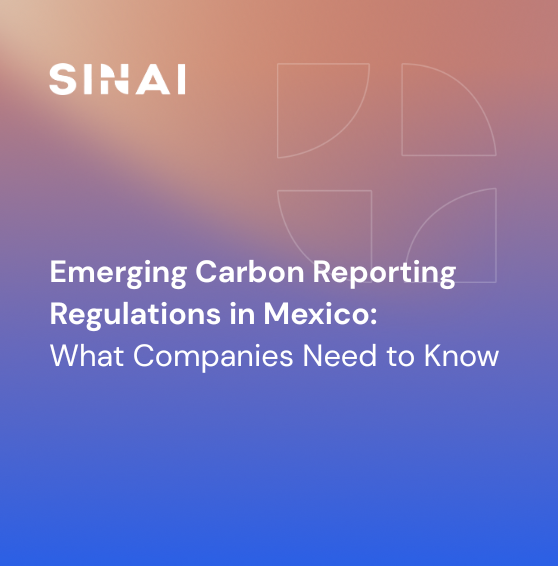
Pioneering a World-Class Decarbonization Program
Decarbonization targets are commitments made by corporations to reduce their greenhouse gas (GHG) emissions. Science-based targets in particular provide an indicator of a firm’s intent to reduce its impact on the environment and minimize potential climate-related risks resulting from its emissions.
These types of targets are likely to continue to be an essential aspect of business sustainability strategies. We’ve seen a sharp increase in firms setting net-zero targets in the last decade while they continue to align their corporate commitments to net-zero. Net-zero targets are a specific type of decarbonization target in which a firm aims to bring its GHG emissions to down to zero on a net basis, and when it comes to climate-change-related commitments, it varies by industry:

The term ‘net’ is used as most companies cannot operate without emitting at least some GHG emissions. This is why corporations need to compensate for residual emissions that cannot be mitigated using existing technology via carbon removal or carbon offsets.
What does a world-class decarbonization program look like? In this article, the GHG emissions management experts at SINAI break down what it means to spearhead a cutting-edge deep decarbonization strategy and the best practice techniques that help firms implement mitigation options and achieve science-based targets.
Best practice 1: Set a science-based target
Set a science-based target that is in line with your organization's business objectives and feasible emissions reduction opportunities.
Take a look at our recent article that explores five different strategies your firm can adopt in order to reach net-zero emissions using a science-based target while aligning with the SBTi’s guiding principles.
Best practice 2: Empower your corporate sustainability team
One of the most significant ways to empower climate leaders at your organization is to enable the move from spreadsheets to software. Carbon accounting is a tedious task requiring organizations to marshal complex data across all corners of an organizations operations. Spreadsheets are difficult to keep accurate, and not ideal for forming decarbonization strategy down the road. An sustainability team using software to accurately track and manage it's emissions via software can easily focus on emissions hotspots and what to do about them, as well as projecting future emissions, reporting on the state of carbon at your organization to ESG reporting frameworks like CDP and TCFD, modeling mitigation options and more.
The most efficient decarbonization programs also bring their finance and operations teams into the mix, empowering their sustainability team in the process. This is achieved by bringing your carbon and sustainability strategy directly into your business model.
This can be done by setting an internal carbon price.
Intelligent data integration allows firms to look at cash flows and carbon flows together, making the tracking of GHG emissions the responsibility of all of your departments, not just your sustainability leaders.
Implementing a carbon price ultimately empowers sustainability teams to select and even finance feasible mitigation projects, as it allows teams to:
- Integrate a carbon strategy across operations and leadership.
- Optimize allocation of capital and resources.
- Identify the fastest and cheapest path to ambitious GHG reduction targets.
- Align with market demands and manage climate-related risk.
Joined-up departmental collaboration will make reaching your decarbonization goals easier while bringing carbon reduction opportunities to the table when it comes time for budget allocation.
Best practice 3: Engage your supply chain
Comprehensive carbon reporting is essential as it impacts your company’s ability to attract new investors and access capital. If the best sustainability reporting frameworks include robust carbon reporting, what does this look like in practice?
The gold standard when it comes to carbon reporting includes accurately calculating your GHG inventories, including Scope 1, Scope 2, and Scope 3 emissions:

Scope 3 emissions are also referred to as your firm’s value chain emissions, and they represent the most significant portion of many firm’s GHG emissions inventories. It’s essential your company focuses on reducing carbon emissions in this area to prevent the worst impacts of climate change.
Adopting an emissions inventory that connects suppliers and value-chain contributors and allows each to input data in a straightforward way can ensure you have auditable data that identifies deep decarbonization opportunities.
Keep your decarbonization program on track with next-generation software
Your corporation’s journey to deep decarbonization should be as simple as possible, and you can achieve this by improving how you measure, analyze, price, and reduce your CO2 and GHG emissions.
SINAI’s software solution allows you to leverage your firm’s data in order to mitigate risk quickly and easily. Are you interested in seeing how SINAI can empower your corporation to develop a world-class decarbonization program and achieve your ambitious targets? Reach out for a demo of our cutting-edge software today.

-2.png)
%20(7).png)








